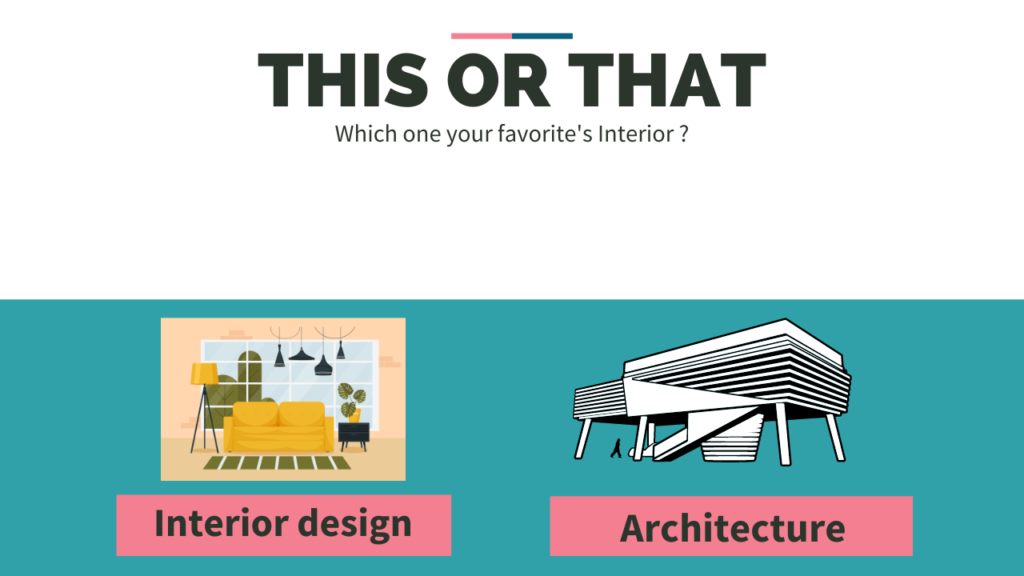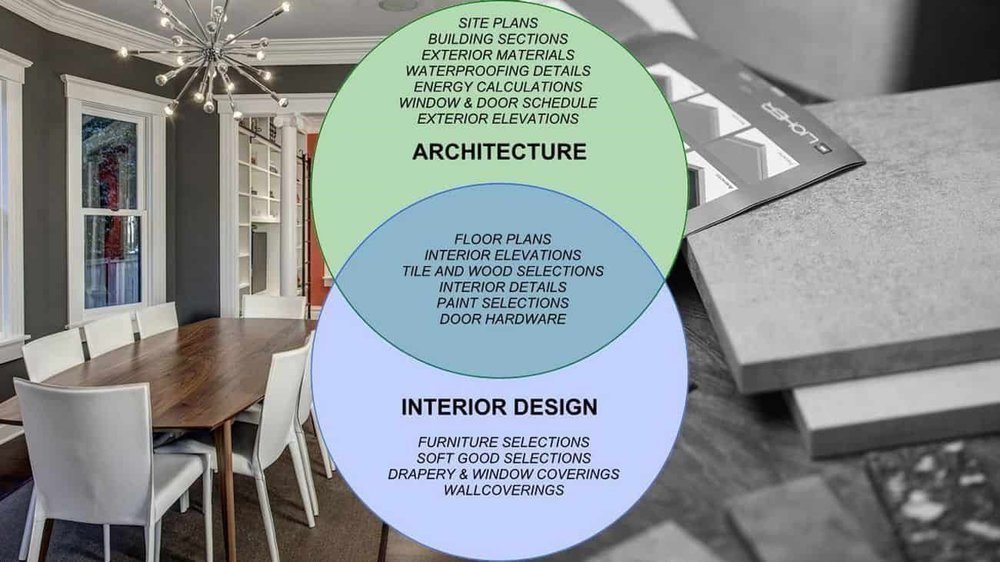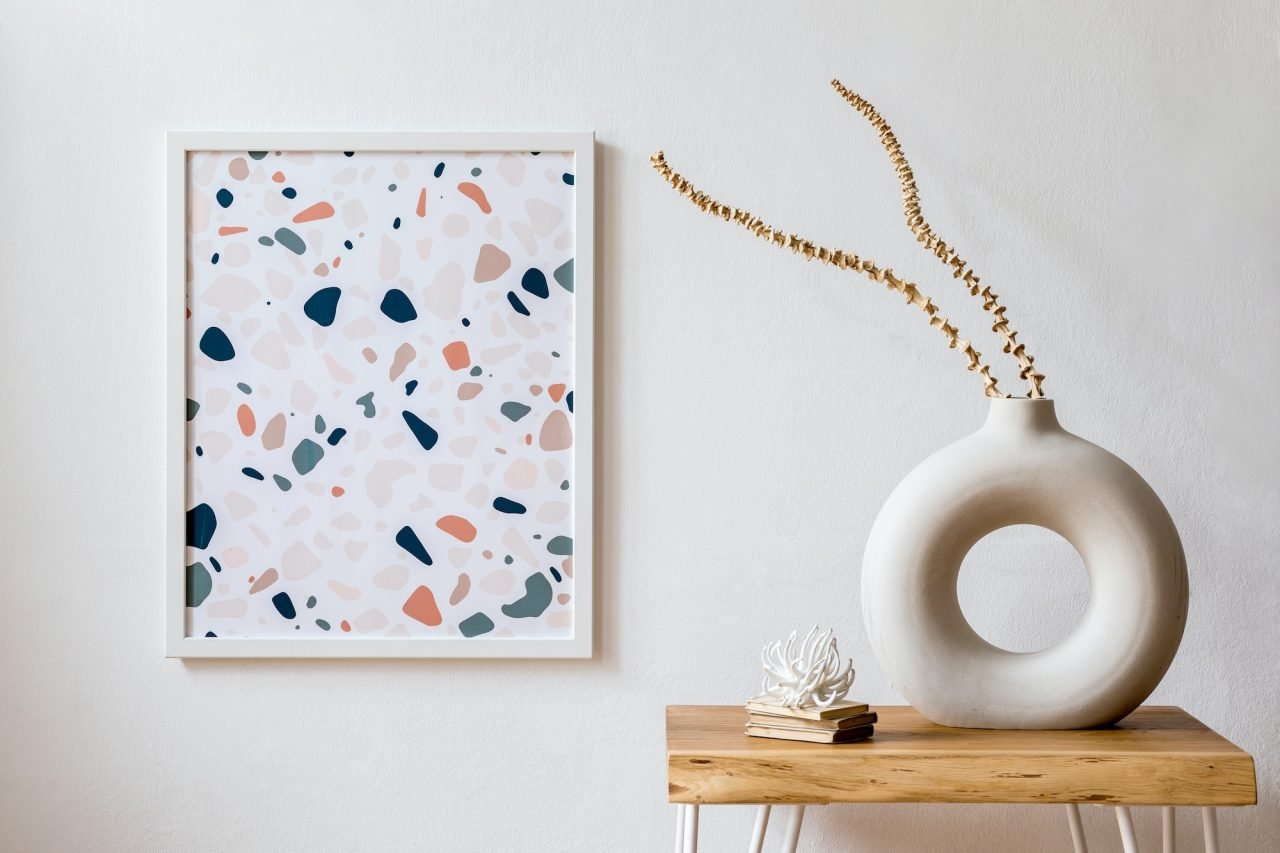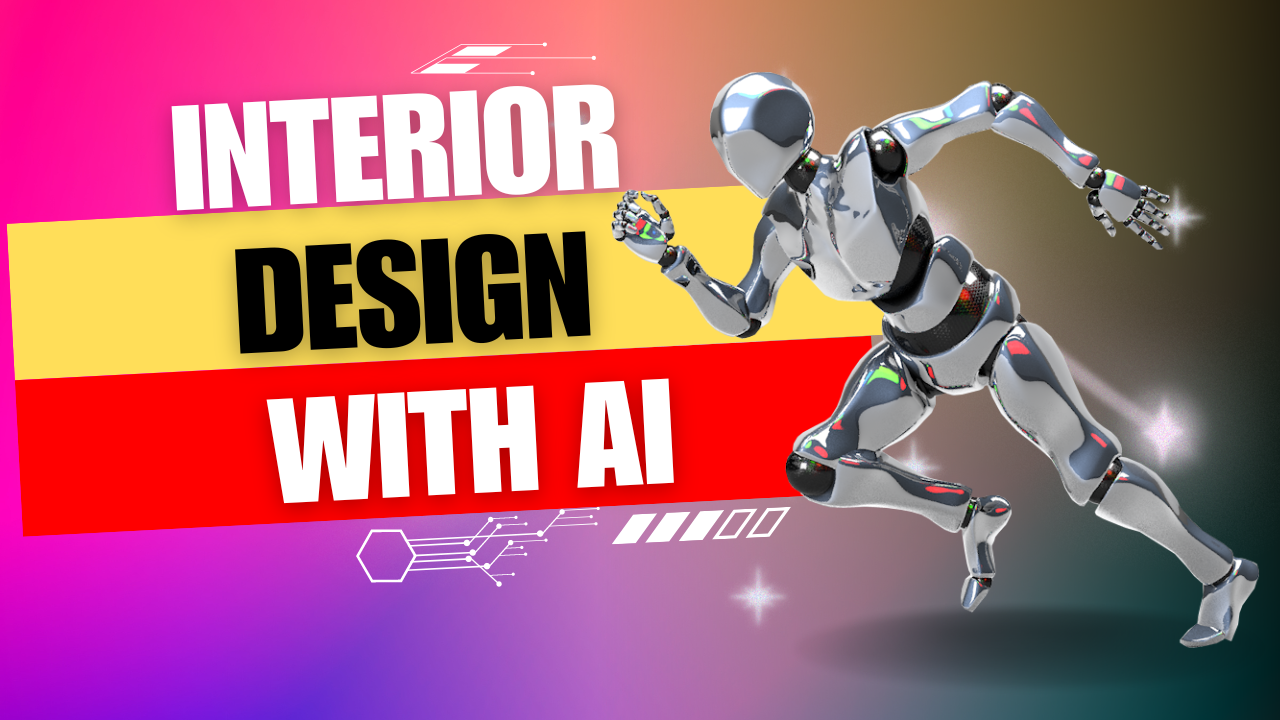
Interior design vs architecture which is better
- PUBLISHED BY : Staadil
- PUBLISHED ON : 5 june 2024
- PUBLISHED IN : Interior design blogs

Introduction
Understanding Interior design vs architecture which is better
Interior design vs architecture which is better When deciding between a career in interior design or architecture many people find themselves at a crossroads. Both professions play crucial roles in shaping our built environment, yet they focus on different aspects of design and construction. To determine which path might be better suited for you, it’s essential to understand the key differences, career opportunities, required skills, and potential job satisfaction in both fields. Interior design vs architecture which is better?
What is Interior Design?
Interior design is the art and science of enhancing interior spaces to create functional and aesthetically pleasing environments. Interior designers work on residential, commercial, and industrial projects, focusing on the details that make spaces livable and appealing.
Key Responsibilities
- Space Planning: Creating layouts that maximize functionality.
- Aesthetic Enhancements: Selecting color schemes, furniture, lighting, and materials.
- Client Consultation: Understanding client needs and preferences to create personalized spaces.
- Project Management: Coordinating with contractors and other professionals to implement designs.
- Sustainability: Incorporating eco-friendly materials and practices.
Skills Required
- Creativity and Vision: Ability to conceptualize beautiful and practical designs.
- Technical Proficiency: Knowledge of design software like AutoCAD and SketchUp.
- Communication: Strong interpersonal skills for client interactions and teamwork.
- Attention to Detail: Precision in selecting and placing elements within a space.
- Problem-Solving: Finding solutions to design challenges and constraints.
Understanding Architecture
What is Architecture?
Architecture is the art and science of designing buildings and other structures. Architects are responsible for the overall design and functionality of a building, ensuring it meets both aesthetic and structural requirements.
Key Responsibilities
- Conceptual Design: Developing initial design concepts that align with client needs.
- Technical Drawings: Creating detailed plans and specifications for construction.
- Regulatory Compliance: Ensuring designs adhere to building codes and regulations.
- Structural Integrity: Making sure buildings are safe and durable.
- Project Oversight: Managing the construction process to ensure designs are correctly implemented.
Skills Required
- Design and Visualization: Ability to create and interpret complex design concepts.
- Technical Knowledge: Understanding of building systems, materials, and construction methods.
- Analytical Skills: Capability to solve complex architectural problems.
- Communication: Effective communication with clients, engineers, and construction teams.
- Attention to Detail: Precision in design and documentation.
Comparing Career Opportunities
Interior Design Career Opportunities
Interior designers can work in various settings, including design firms, architecture firms, and in-house design departments of large companies. They can also operate as freelancers or start their own design businesses. Typical job roles include:
- Residential Interior Designer
- Commercial Interior Designer
- Hospitality Designer
- Sustainable Designer
- Interior Decorator
Architecture Career Opportunities
Architects have a broader scope in terms of career opportunities. They can work in architecture firms, construction companies, government agencies, or as independent consultants. Common job roles include:
- Residential Architect
- Commercial Architect
- Industrial Architect
- Urban Planner
- Landscape Architect
Education and Training
Interior Design Education
Becoming an interior designer typically requires a bachelor’s degree in interior design. Coursework includes subjects like design principles, color theory, computer-aided design (CAD), and space planning. Many programs also include internships to provide practical experience.
Architecture Education
To become an architect, one usually needs to complete a five-year bachelor’s degree in architecture, followed by a period of internship and passing a licensure exam. Some choose to pursue a master’s degree in architecture, which can provide additional specialization and career advancement opportunities. Coursework covers design, engineering, history, and environmental science.
Job Satisfaction and Personal Fulfillment
Interior Design Job Satisfaction
Interior design can be highly rewarding for those who enjoy working closely with clients to create personalized spaces. The ability to see a project through from concept to completion and the variety of projects available can provide a sense of accomplishment and creative fulfillment.
Architecture Job Satisfaction
Architecture offers the satisfaction of contributing to the creation of significant and lasting structures. Architects often experience a sense of pride in their work, especially when seeing their designs come to life and knowing they contribute to the built environment. The profession can also offer a higher salary potential compared to interior design.
Interior design vs architecture which is better
The answer to whether interior design or architecture is better depends on individual interests, skills, and career goals. Here are some factors to consider:
Choose Interior Design If:
- You have a strong passion for aesthetics and interior spaces.
- You enjoy working closely with clients to understand their needs and preferences.
- You prefer focusing on the details that make a space functional and beautiful.
- You seek a creative career with opportunities for freelance work or starting your own business.
Choose Architecture If:
- You are interested in the overall design and construction of buildings.
- You enjoy solving complex problems related to structure and functionality.
- You want a career that involves both creative and technical aspects.
- You are willing to invest in a longer educational path with potentially higher financial rewards.
Conclusion
Both interior design and architecture are dynamic and fulfilling professions that offer unique opportunities and challenges. Your decision should be based on where your passion lies and which aspects of design and construction excite you the most. If you are drawn to the artistic and detailed aspects of creating beautiful interiors, a career in interior design might be the best fit. If you are fascinated by the entire process of building design, from conceptualization to construction, a career in architecture could be more satisfying. Ultimately, both fields offer the chance to make a significant impact on the spaces we live, work, and play in. Interior design vs architecture which is better now you can also answer this question
Frequently Asked Questions

Interior design projects often have shorter timelines since they focus on the interior spaces within an already existing structure. The architectural design process involves longer timelines due to the complexity of building structures, obtaining permits, and coordinating with various stakeholders.
It is a common path for architects and architecture students to transition into interior design. There are many paths to do it but if you have even a tiny doubt that you want to work as an architect, you can speed up your transition process.
A few big deciding factors: If you're adding or removing walls, changing staircases, installing a new kitchen or bath, or impacting the footprint, height, or grade of the home, you'll likely need an architect—even if some builder–interior designer teams may tell you otherwise.
So yes , when you take up a Architecture program, you will study interior design during the course.
Although architecture and interior design are separate fields, they are intrinsically linked. While architecture and interior design are distinct concepts, they are interdependent.



